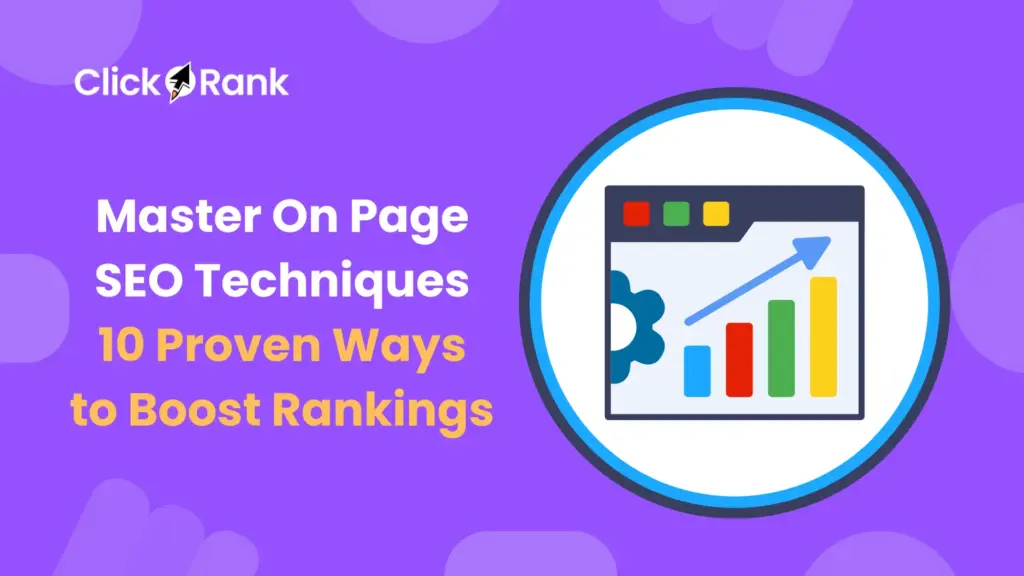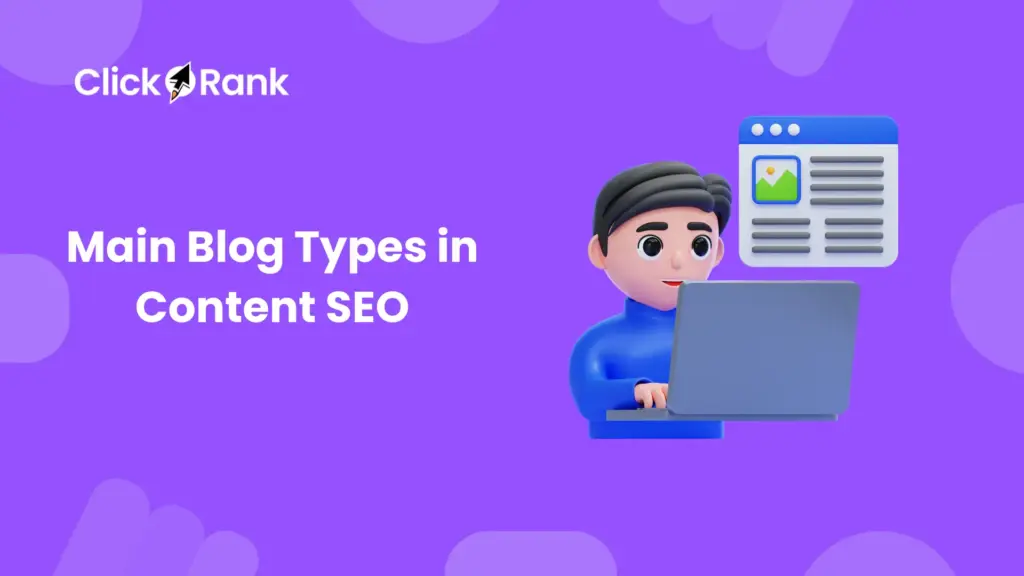Feeling frustrated because your pages aren’t ranking, even after all your hard work on content? I understand that feeling; it’s like a part of your website is invisible to search engines. The issue might be your website’s Internal Link Gaps, a core part of technical SEO. This is a common problem, but with ClickRank, we make it easy to solve.
Our platform offers AI-powered SEO audits and one-click fixes to find and fix these hidden issues, saving you a ton of time on manual work. This article will show you exactly what these gaps are and how to fix them to boost your site’s performance.
What Are Internal Link Gaps and Why Do They Matter?
As an SEO expert, I know that your website’s internal linking is like its nervous system. It connects all your content and helps search engines discover your pages. An internal linking gap is when a page doesn’t have enough links from other pages on your site, which can prevent it from ranking well. It’s a fundamental problem that hurts your site’s ability to pass link equity and improve its overall site architecture.
How a Lack of Internal Link Gaps Hurts Your SEO
It’s heartbreaking to see good content go unranked. Without a strong internal link structure, search engines like Google may struggle with crawlability and indexability. This means Googlebot might not even find your new or updated pages, leaving them to languish in obscurity. A poor internal linking strategy can hold back your entire site, hurting your Page Authority (PA) and overall search engine performance.
The Critical Relationship Between Internal Link Gaps and User Experience
Beyond search engines, a messy site structure can confuse visitors. I’ve seen this firsthand: users get lost and leave your site, which negatively impacts user engagement and, in turn, your click-through rate (CTR). A well-organized internal linking system makes navigation intuitive and helps users find related content, making their experience more valuable in On page SEO.
What Causes Internal Link Gaps on a Website?
Internal Link Gaps don’t just appear out of nowhere; they are often the result of specific issues. Sometimes, it’s a simple oversight during content creation, but other times, it’s a symptom of a bigger problem with your site’s structure.

Understanding Orphan Pages and Their Impact
Imagine a page on your site with no inbound links from anywhere else on your domain this is what we call an “orphan page.” These pages are a real problem because search engines can’t easily find them. In my experience, identifying and linking these pages is one of the quickest ways to improve your website’s overall SEO health.
Common Reasons for Gaps in Your Linking Structure
Many things can cause these gaps. It might be due to a recent migration, where links weren’t updated correctly, or a lack of a clear link-building strategy. Sometimes it’s as simple as forgetting to link a new blog post to older, relevant content. These common mistakes are what we aim to fix with our automated solutions at ClickRank.
What Are the Best Tools for Detecting Internal Link Gaps?
Finding these gaps can feel like looking for a needle in a haystack, but with the right tools, it’s a straightforward process. I rely on a few key tools to get the job done efficiently.
How to Use Google Search Console to Find Internal Link Gaps
My first stop is always Google Search Console. Its “Pages” report is a goldmine for identifying pages that haven’t been indexed. This often points to a lack of internal links, showing you exactly where the most significant problems are. It’s a powerful, free tool that every marketer should use for their link audit.
Leveraging SEO Tools like Screaming Frog and Ahrefs
For a more detailed analysis, I use tools like Screaming Frog, which can crawl your site and create a visual map of your link-building strategy. I also use Ahrefs and SEMrush to find potential broken links and see how link equity flows through my site. These tools provide a comprehensive look at your site’s health and help you prioritize fixes.
How to Fix Internal Link Gaps and Rebuild Your Site’s Structure?
Once you’ve identified the gaps, the next step is to fill them in a smart way. It’s not just about adding links everywhere; it’s about being strategic.
The Importance of a Strategic Internal Link Gaps
A strategic linking plan ensures that links are placed logically and help both users and search engines. I always start with a clear goal: to pass authority to my most important pages through relevant links. This requires careful keyword research and an understanding of content relevancy.
Creating Content Hubs and Pillar Pages
One of the most effective strategies I’ve seen is creating content hubs. These are like a central point for a specific topic, linking out to all the related articles and pages. This method improves site architecture and strengthens the connections between all your content. It’s a powerful way to organize your site and make it more valuable.
Best Practices for Writing Anchor Text
The text you use for a link, or anchor text, is very important. It should be descriptive and relevant to the linked page. I always advise against using generic phrases like “click here.” Instead, use descriptive phrases that include your keywords, but be careful with anchor text optimization to avoid over-optimization.
What Are the Common Mistakes to Avoid?
Even with the best intentions, it’s easy to make mistakes. Knowing what to avoid is just as important as knowing what to do.
Why You Should Not Keyword Stuff Your Anchor Text
I’ve seen many people stuff their anchor text with too many keywords, thinking it will help them rank faster. This is a big mistake. It can look spammy to search engines and confuse users. Always focus on a natural flow and content relevancy for your links.
The Dangers of Broken Internal Link Gaps and How to Fix Them
A broken internal link is a dead end for both users and search bots. It hurts your SEO and creates a bad user experience. My advice is to perform a regular link audit to find and fix these issues. With ClickRank, we find these broken links for you and give you one-click fixes to repair them instantly.
Does Internal Linking Help Google Index My Pages Faster?
Yes, it does. I can tell you from experience that a well-structured internal link structure helps search engine bots find new pages much more quickly. When a new page is linked from an existing, high-authority page, it signals to Google that this page is important and should be indexed.
What Is the Best Number of Internal Links Per Page?
There is no magic number. I've always focused on what makes sense for the user. A good rule of thumb is to add links where they are naturally relevant and helpful. Don't add links just to have more; focus on quality and user engagement
How Can I Fix Orphan Pages on My Site?
Fixing orphan pages is a top priority. First, I would use a tool like Screaming Frog or our ClickRank Audit to identify them. Then, the solution is simple: go to a relevant, high-authority page and add a link to the orphan page, using a good anchor text. This simple step can significantly boost that page's visibility and help it get indexed and ranked.



Come si può umanizzare un testo AI gratuitamente?
I migliori strumenti gratuiti per umanizzare testi generati dall’IA sono HIX AI Humanizer, ParaphrasingTool.ai, Stealth Writer, e Undetectable.ai (versione free). Questi strumenti migliorano il tono, il ritmo e la naturalezza del testo, rendendolo più simile a uno scritto umano. Tuttavia, il miglior risultato si ottiene sempre con una revisione manuale e un tocco umano finale.